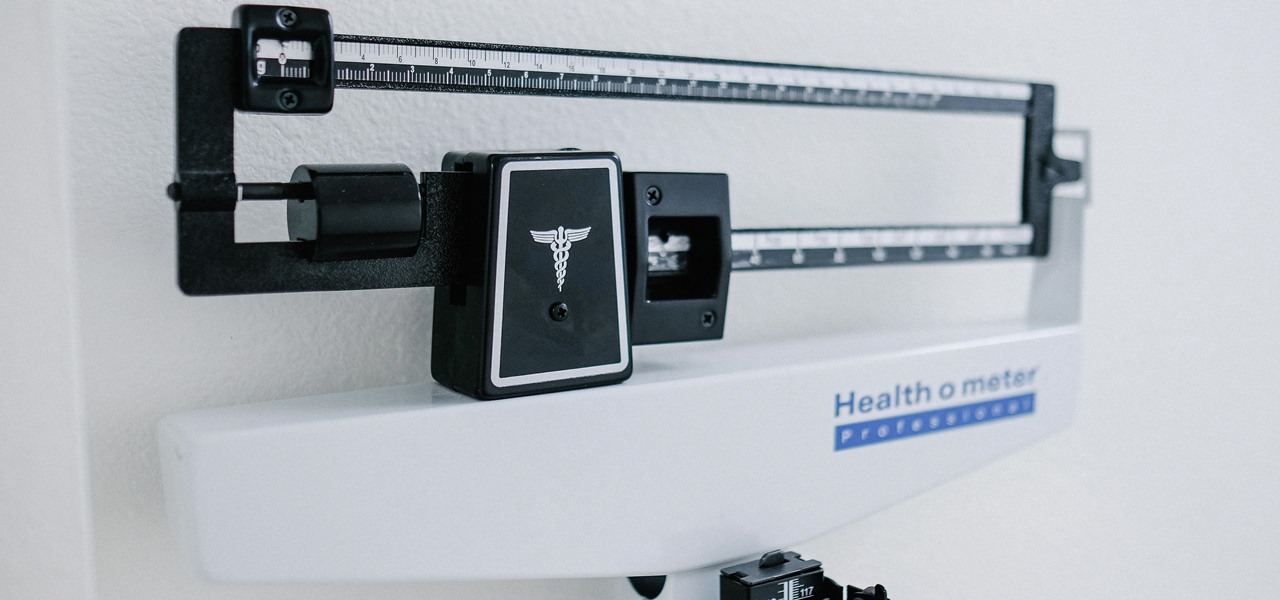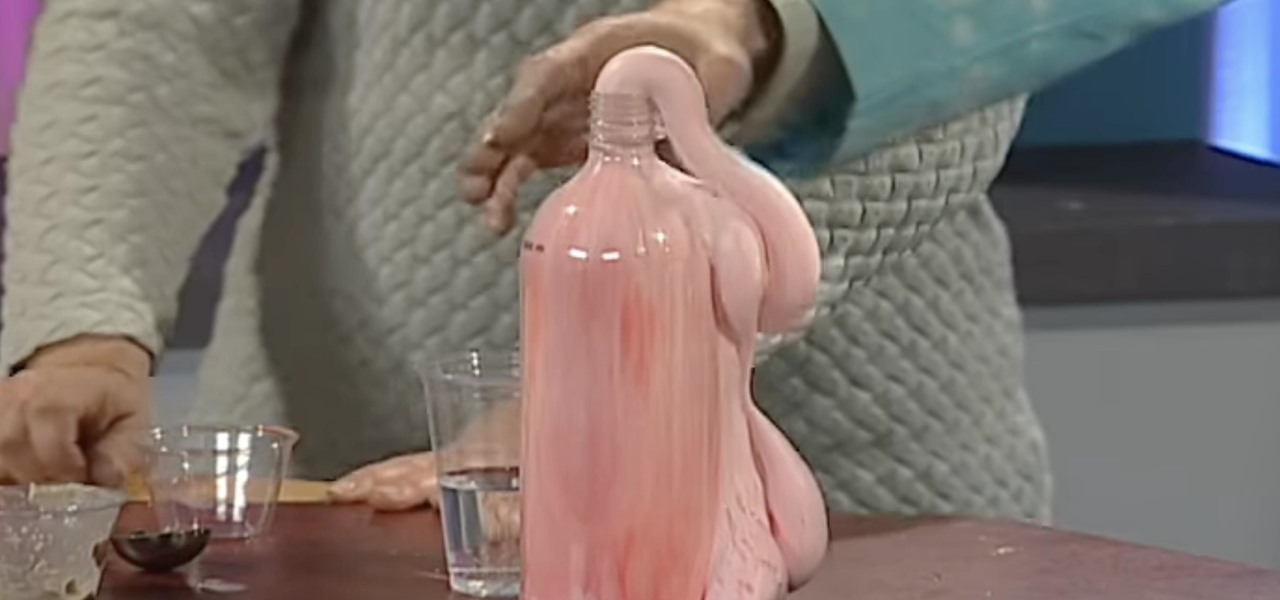Science Experiments How-Tos


How To: Make Glowing Slime
Learn how to make your own slime with ingredients you can find around the house. It can even glow under a blacklight!

How To: Debone a Chicken in 5 Minutes.
Deboning a chicken can be intimidating if you don't know how to start. In this video, I'll show you how to debone a chicken in 5 minutes.
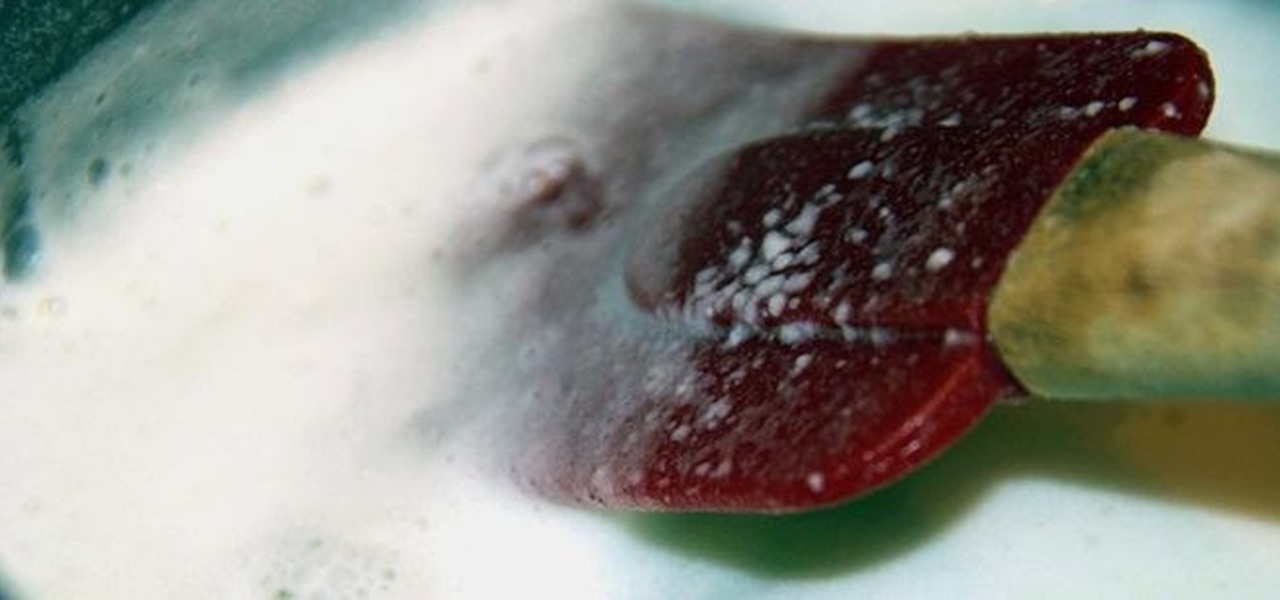
How To: Turn Milk into Strong Natural Glue with Baking Soda and Vinegar
You can do all kinds of unexpected things with milk, like make your own pore strips and invisible ink, or even get rid of red wine stains with it. But did you know that you can also use it to make your own glue?
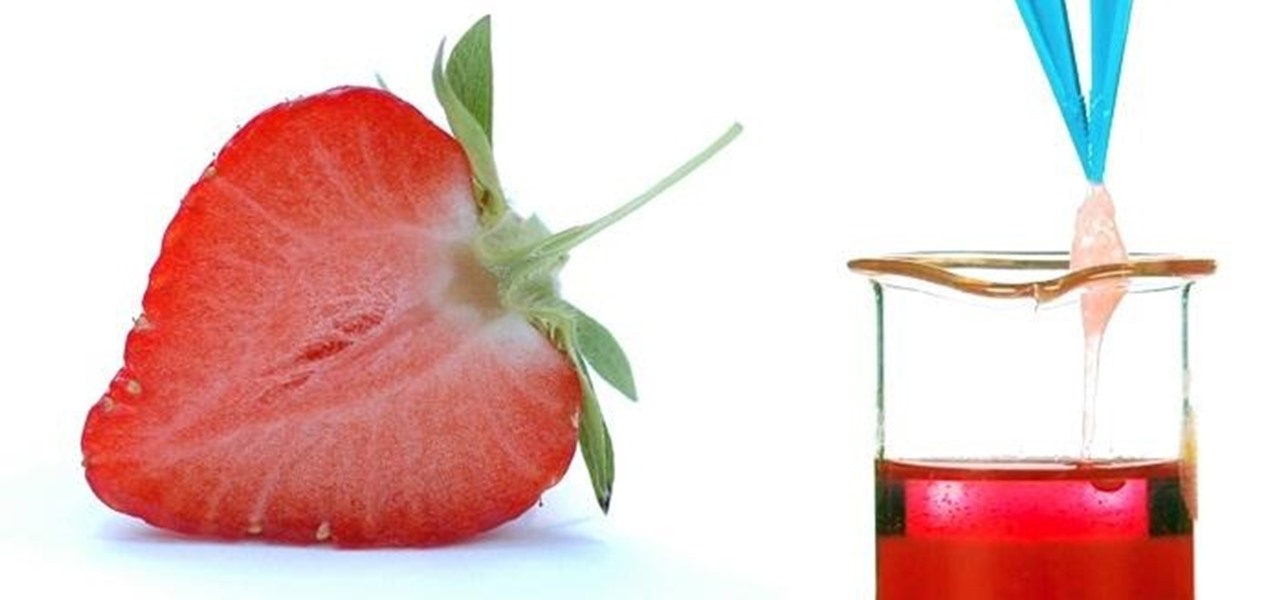
How To: Extract DNA from a Strawberry with Basic Kitchen Items
We all know that DNA is pretty amazing, but it's not something that most of us get much hands-on experience with. Even though it's in every living thing around us, we never see it, so we rarely think about it either.

How To: Make Your Own Glowing Green Fluorescein (Fluorescent Dye)
Fluorescent dye can be a great addition for decorating around the house for Halloween, especially for a haunted one. Creating your own fluorescent dye is a simple experiment, as long as you've got the proper chemicals and safety gear. Nurd Rage details the chemical process of creating your own fluorescein below.
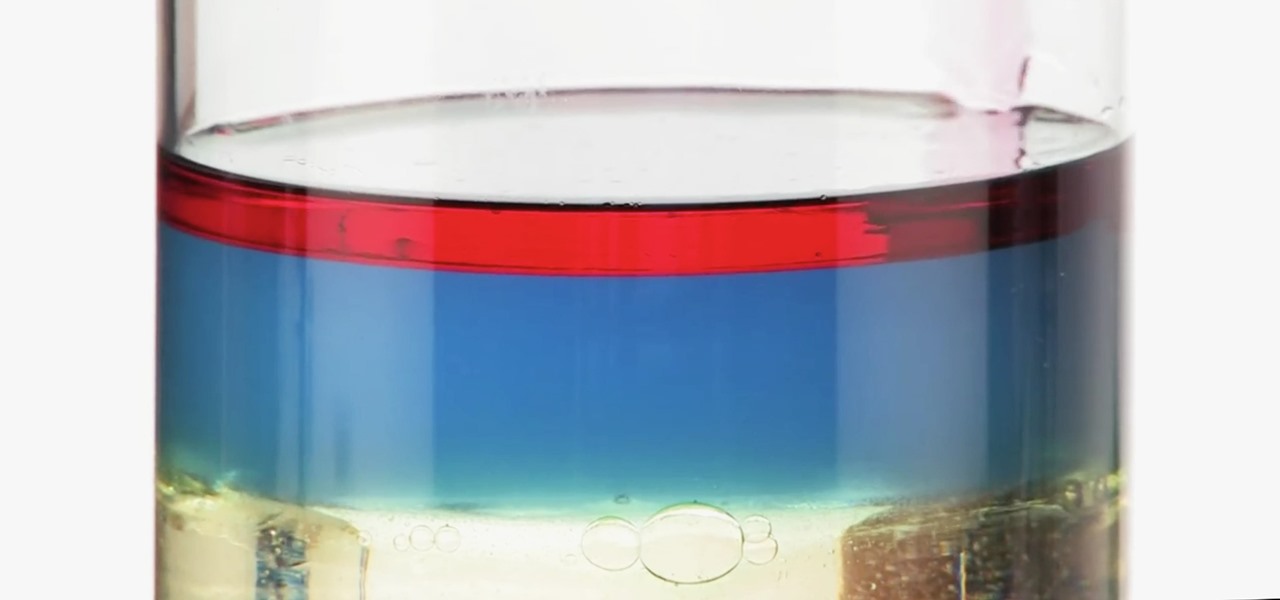
How To: Make This Amazing 9-Layer Density Tower from Things Found in Your Kitchen
Ralph Waldo Emerson once observed that "the seed of science" was "wonder," and taking a look at this nine-layer liquid tower from Steve Spangler's Sick Science! channel, one can't help but do just that — wonder. How is this possible? Is this magic or what?
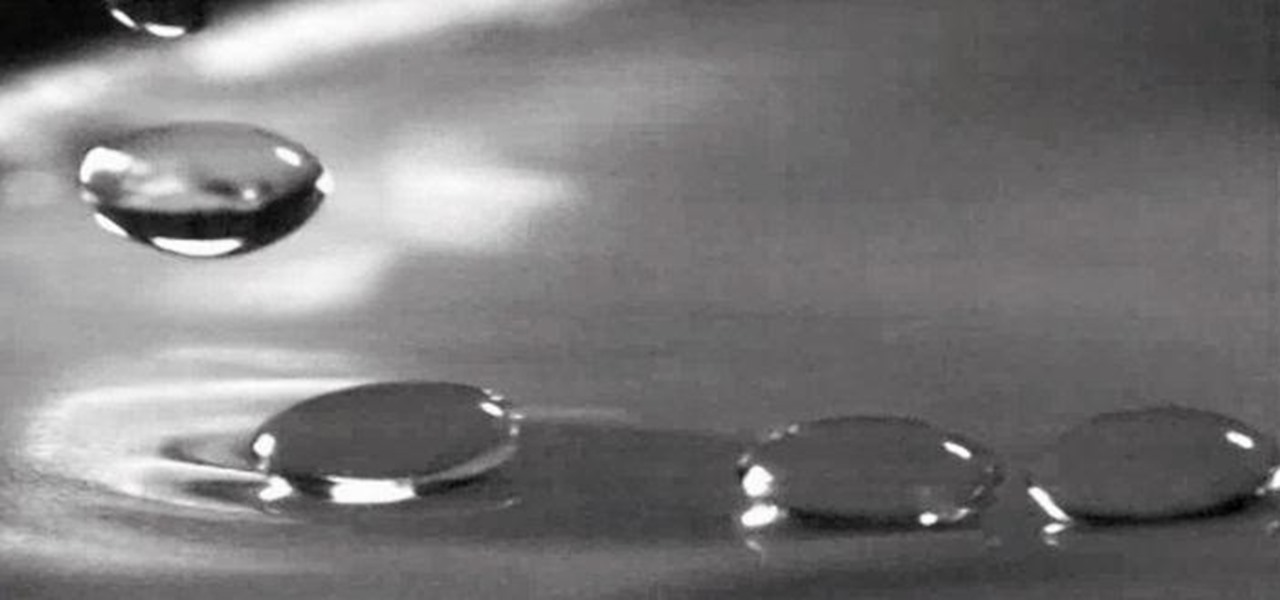
How To: Make Water Droplets "Levitate" on Water (Using Vibrations)
You can take some really awesome photos of water droplets if you've got a fast enough camera (and flash), but water drops aren't just spectacular as photographic subjects—you can also make them a part of the photographic process by using a water drop as a DIY projection microscope and even a macro lens for your iPhone. But as useful as a water drop can be, it's still way cooler when they're in front of the camera (as the subject). Recently, researchers from the National Autonomous University ...
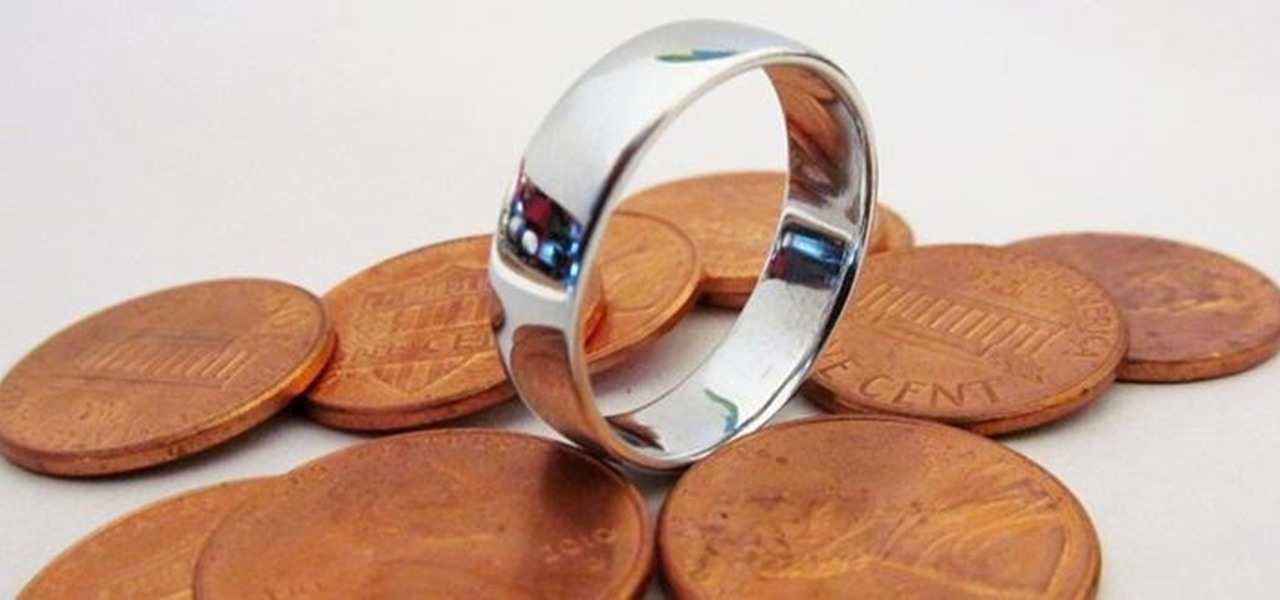
How To: Smelt Your Loose Change into Well-Fitting Penny Rings
Did you know that the average cost to make a penny is about 2.4 cents?!? That's why the Obama administration asked Congress earlier this year for permission to change the metals in the penny, hoping to get the cost back down where it makes sense.

How To: Turn Just Half of a Purple Liquid Clear with the Photochemical "Two-Faced" Reaction
We've shown you how to make water change color on command, but how about just half of it? What if I told you that you can split a solution right down the middle and make the color disappear from one side, just by shining light on it?

How To: Launch a Camera into Space (On a Shoestring Budget)
Earlier this month, Adam Cudworth, 19, launched a camera attached to a weather balloon into the edge of space. Battling tough winds, freezing temperatures, atmospheric pressure and tumbling speeds, the teenager from Worcestershire, England was able to capture these amazing pictures of the Earth's upper stratosphere. How to Send a Camera into Space
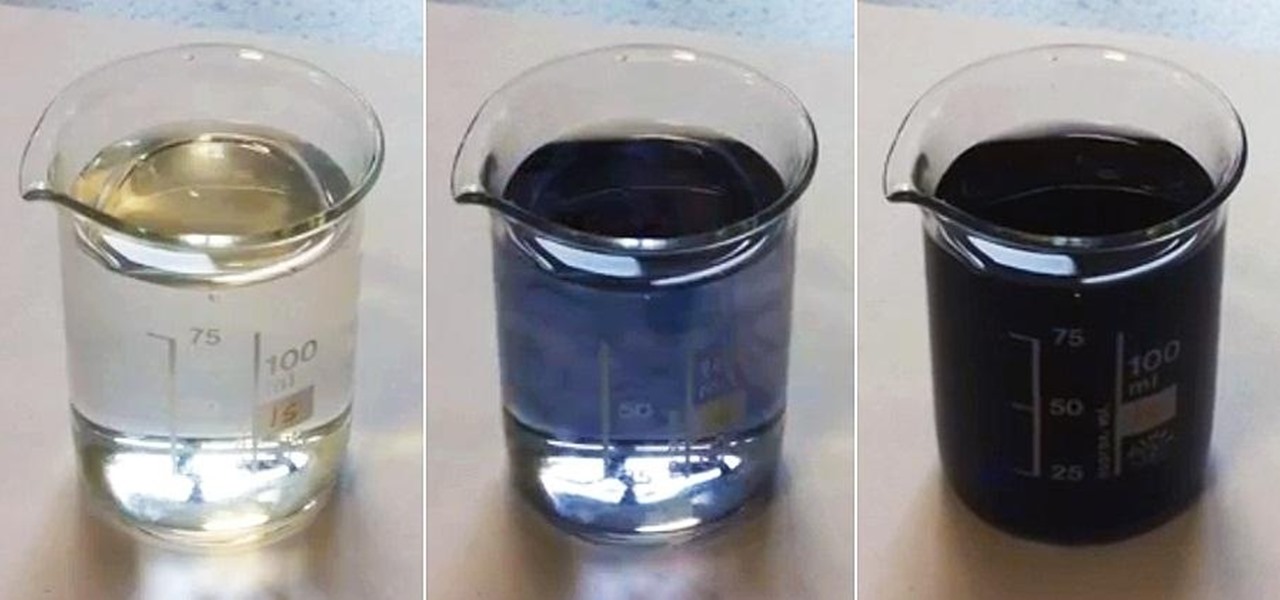
Classic Chemistry: Colorize Colorless Liquids with "Black" Magic, AKA the Iodine Clock Reaction
Want to make boring old colorless water brighten up on command? Well, you can control the color of water with this little magic trick. Actually, it's not really magic, but a classic science experiment known commonly as the iodine clock reaction, which uses the reactions between water and chemicals to instantly colorize water, seemingly by command. You can use different colorless chemicals to produce different colors, and you can even make the color vanish to make the water clear again.
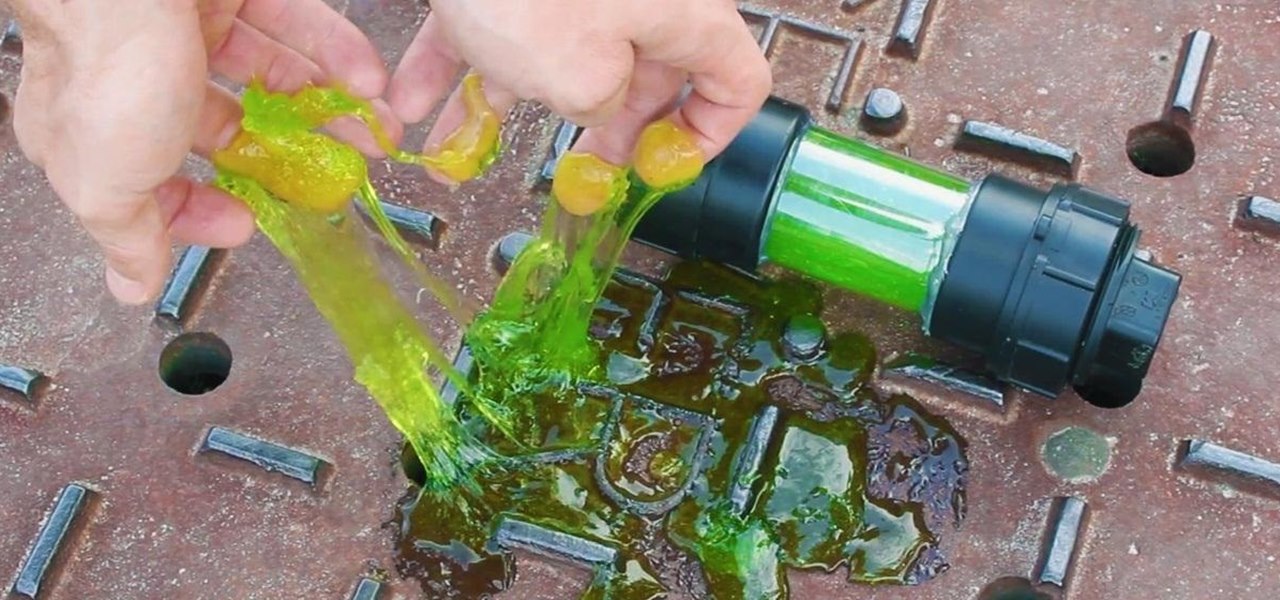
How To: DIY Ninja Turtle Ooze! Make Your Own Radioactive Canister of Glowing Green Slime at Home
There's a broken canister of mutant ooze leaking down into the sewers! But don't worry because this sticky slime is non-toxic, and it's so easy to make, a three-year-old can do it!

How To: There's Metal Hiding in Your Pepto-Bismol and Here's How You Extract It
Got an upset stomach or a little heartburn? America's favorite pink pill will cure it right up. But did you know that there's actually metal hiding in those chewable Pepto-Bismol tablets? Yes, metal. Technically, it's a poor metal, but metal's metal, right? Well, we do tend to eat a lot of iron in our diets, because it carries oxygen throughout our bodies, so consuming metallic minerals isn't anything abnormal. But you'd never think that Pepto-Bismol is actually made up of metal.
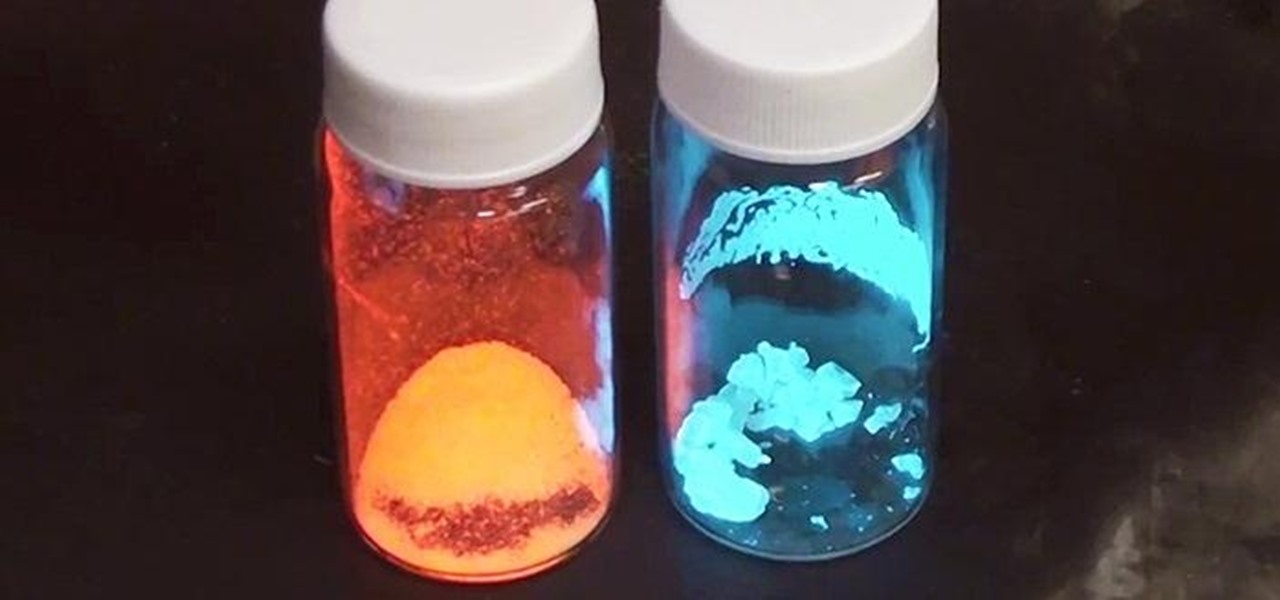
How To: Make Trippy Triboluminescent Crystals That Glow Red or Blue When You Smash Them
If you're a Breaking Bad junkie who can't wait for the next episode, satisfy your craving with a little at-home chemistry and make some blue DIY smash-glow crystals! No, this is not Walter White's so-called "Big Sky" or even the subpar cringe-worthy product of his competitors. It's not even the same kind of crystals, otherwise you wouldn't be reading this. This is totally legal, even kid-friendly if you play it safe, though it actually requires more safety precautions than the potassium nitra...

How To: Discover the Hidden Colors in Everyday Objects with This DIY Video Spectrometer
A spectrometer is a device that splits light into all of the different colors it's composed of that can't be seen with the naked eye. It does this by using a prism to refract or bend the light. Jeffrey Warren over at Public Labs created a tutorial showing how you can make your own video spectrometer and create spectra like the one pictured below. Any guesses as to what the subject is? Believe it or not, that's what whipped cream looks like when viewed through a spectrometer. You can do this w...
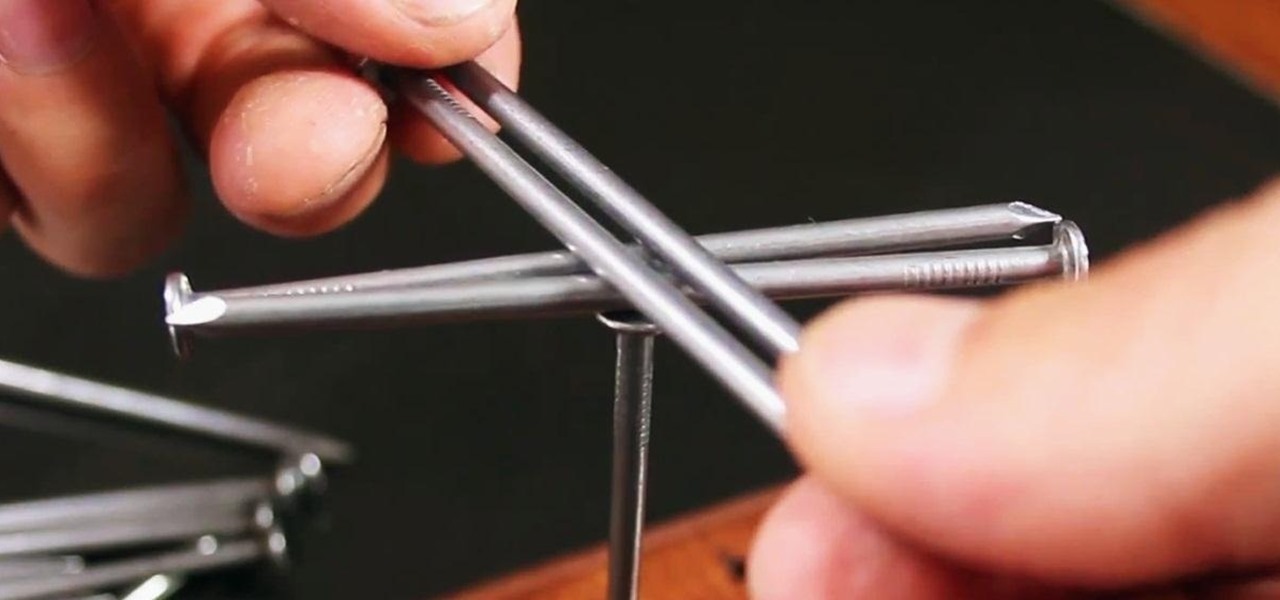
How To: How Do You Balance 14 Nails on a Single Nailhead? Find Out with This DIY Gravity Puzzle
This little brain game is all about engineering a lower center of gravity. The idea has been around forever, but most people still don't know how to do it. Trying to stack nails above the balance point will raise the CG and make the structure unstable. Here's how you can lower the CG to make a very stable structure and impress your friends.
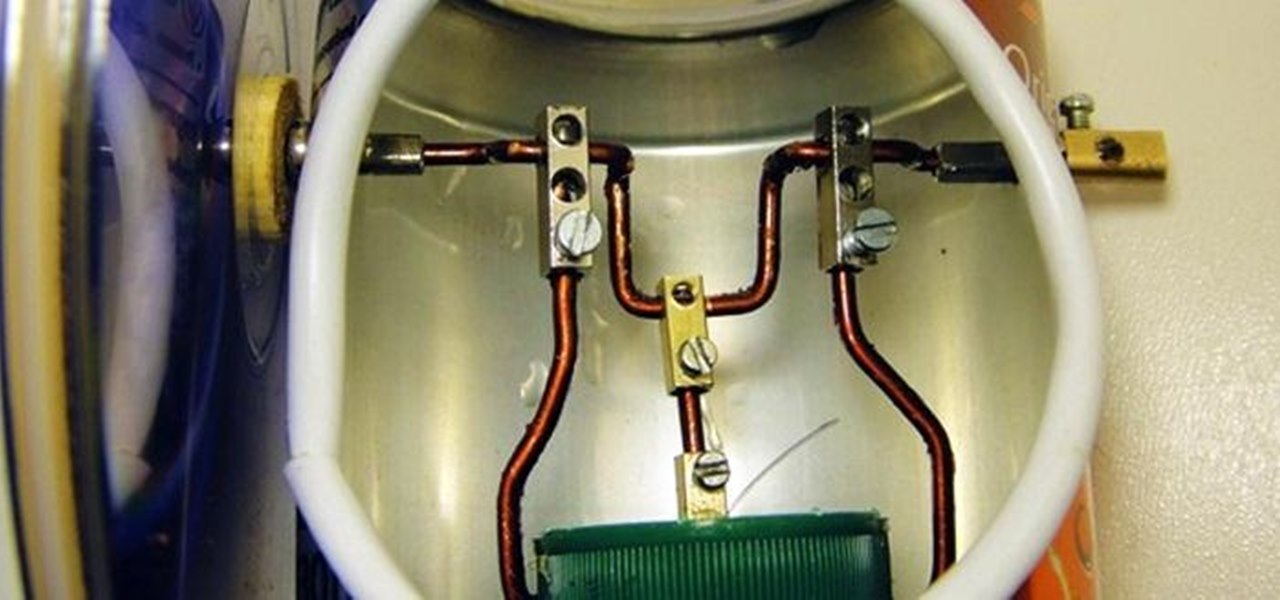
How To: Make a Soda Can Stirling Engine
Ever wonder how to make an engine out of soda cans? Not even sure if it's possible? These videos will show you how to build a working Stirling engine out of cans and other general materials. Here it is in action:
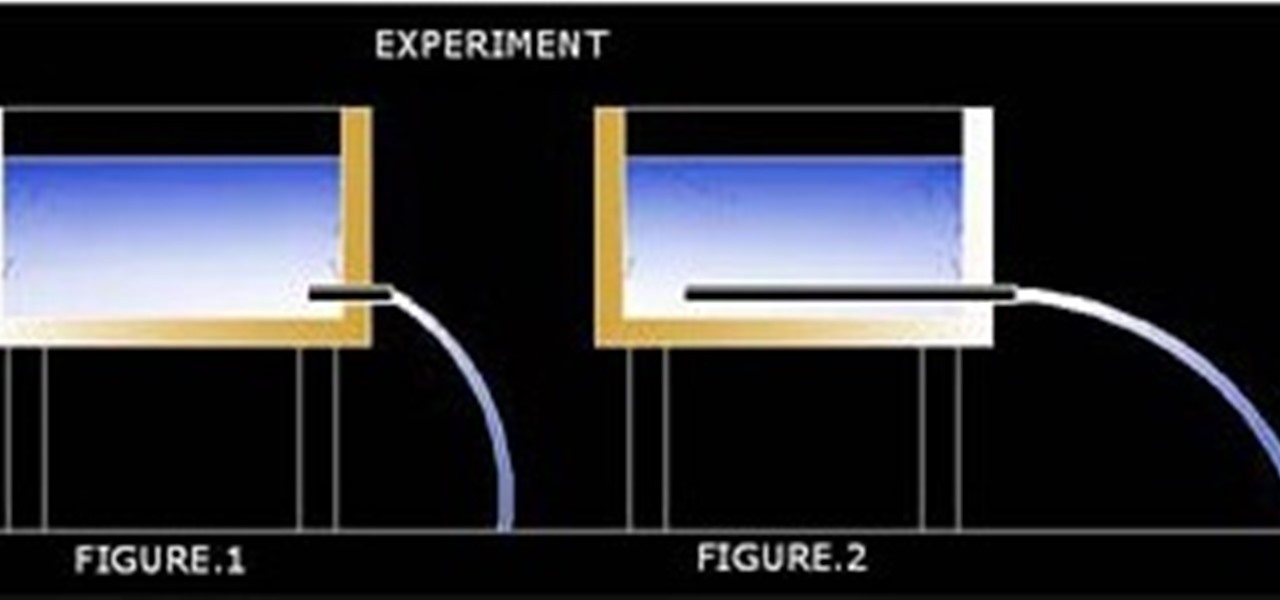
How To: Improve Water Head
An experiment was carried out at our laborataries to investigate the flow through two pipes of same diameter fitted at the same height from water level inside of a water tank as shown. It is found the longer pipe line inside the water tank generates a higher speed resulting more powerfull flow. Flow in this pressure pipe develops due to gravitational accelaration on a horizontally flowing water column also, when it is an enclosed stream of flow. If this length is short it is not possible to d...

How To: Launch a Cork Rocket with an Ultraviolet LED Flashlight
Science is most marvelous when it's creating an explosion, even at the tiniest of proportions. In the video below, Daniel Rosenberg from Harvard's Natural Science Lecture Demonstration Services reveals the secret to shooting a cork rocket over twenty meters using a little chemistry and an ultraviolet LED light. Rosenberg, who's a research assistant and lecturer for the Natural Science division at Harvard, demonstrates what happens when hydrogen and chlorine are explosively "burned" together t...

Printable Tactile Astronomy: How to "See" Outer Space if You're Blind
Have you ever felt the desire to reach out and touch a galaxy? Or "feel" those stunning nebulas and planets you see in Hubble photos? As alluring as it sounds, it's safe to say the odds of your whim coming true are nonexistent. You'd have to travel about 6 earth years and spend millions of dollars building your own personal spacecraft to get close enough to actually wave your hand through one of Saturn's rings. But in an attempt to help the blind "see" what they're missing, some semblance of ...
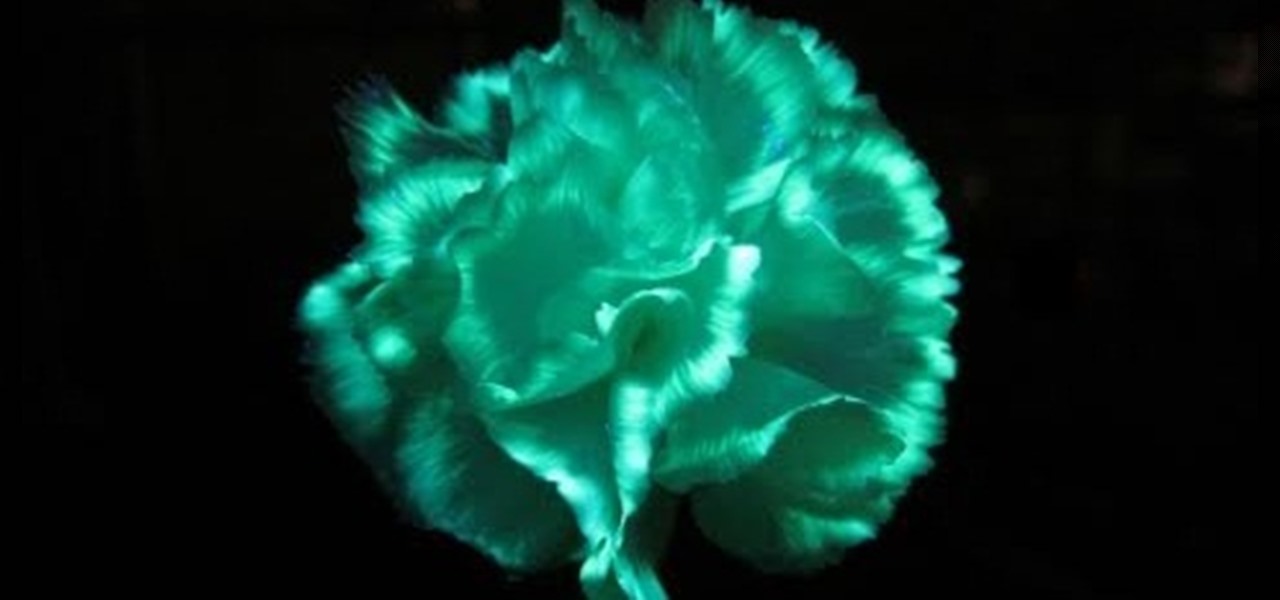
How To: Make flowers glow in the dark with a fluorescent highlighter
Are you looking for some fun party decorations, or a neat gift idea? You can make beautiful glow in the dark flowers, using nothing more than a standard fluorescent highlighter and ultra violet light. After you watch this video, you will be able to amaze your friends by making flowers glow in the dark!

How To: Play Music With Your Mind
Tired of getting calluses from incessantly strumming along to 'No Woman No Cry'? Just hook up to the brain-music system and use your brain power to play a tune instead. I'm not talking—humming along in your head. The machine, created by composer and computer-music specialist Eduardo Miranda of the University of Plymouth, UK, is composed of electrodes taped directly onto your skull that pick up tiny electrical impulses from neurons in your brain and translates them into musical rhythms on a co...

How To: Get Rid of All that Space Junk
How about a laser? One that is strong enough to nudge debris out of earth orbit. That's what NASA contractor James Mason wants to do, and his lab simulations suggest that the idea is possible. Mason wants to use a 5kW ground-based laser and a ground-based 1.5 meter telescope to spot potentially hazardous space waste and shove it off, by about 200 meters per day of lasering. It's kind-of like air traffic control for near earth orbit.

How To: How Much Would It Cost to Discover Every Animal on Earth?
Are you prone to crusades of the overambitious? Well, here's one for you: try to find and identify every animal on earth. You may think scientists have a handle on this, having pinned down 1.4 million animal species so far, but there are millions more are out there, waiting to be found. Brazilian scientists have put the cost of finding the rest at a decisive $263 billion.

How To: Control a Movie Plot with Your Emotions
Not in the mood for a sappy ending? Well, strap in because "Emotional Response Cinema Technology" lets your own body physiology control the movie music, the special effects, and even the movie ending. A collaboration between BioControl Systems, Filmtrip, and the Sonic Arts Research Center at Queen's University Belfast, the technology was recently showcased at the SXSW film festival in Austin, TX, where the newly minted horror film Unsound interacted with the audience through wires connected t...

How To: Prevent Post-Earthquake Nuclear Meltdown in the US
After getting slammed with a crazy-big earthquake/tsunami, the Japanese nuclear plant Fukushima Daiichi might be on the brink of meltdown. Not as bad as Chernobyl, but maybe as bad as Three Mile Island. Nobody wishes such a disaster on anyone...anywhere in the world. In the US, there are about 100 nuclear facilities, about 8 of which are located near hot beds of seismic activity.
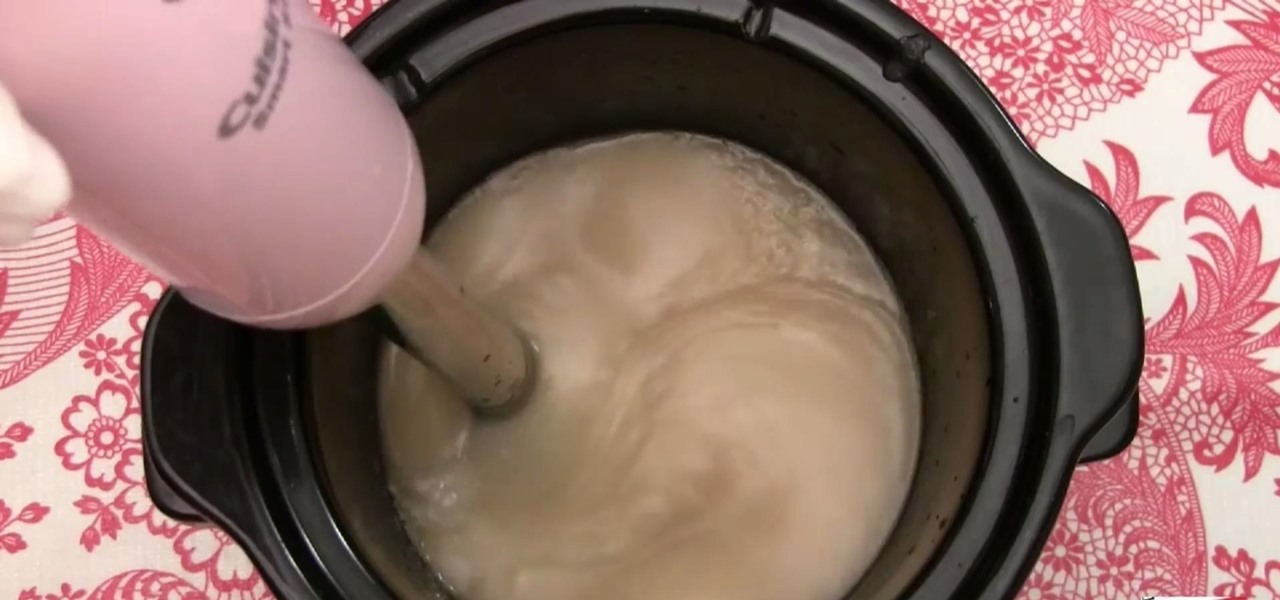
How To: Make Soap Out of Guava Leaf Extract for a Science Investigatory Project
Unless you're a high-schooler building a nuclear fusion reactor, the hardest part of a science investigatory project often is coming up with a good idea. You want it to be cool yet feasible, novel but still useful.

How To: Build a Simple Paper Bridge as a Science Experiment
Every day we pass bridges, whether it's a foot bridge, a highway overpass, a span over water, or a viaduct over a valley. We pass on these structures without even thinking of the engineering genius that went into their design and construction, let alone the science behind their strength.
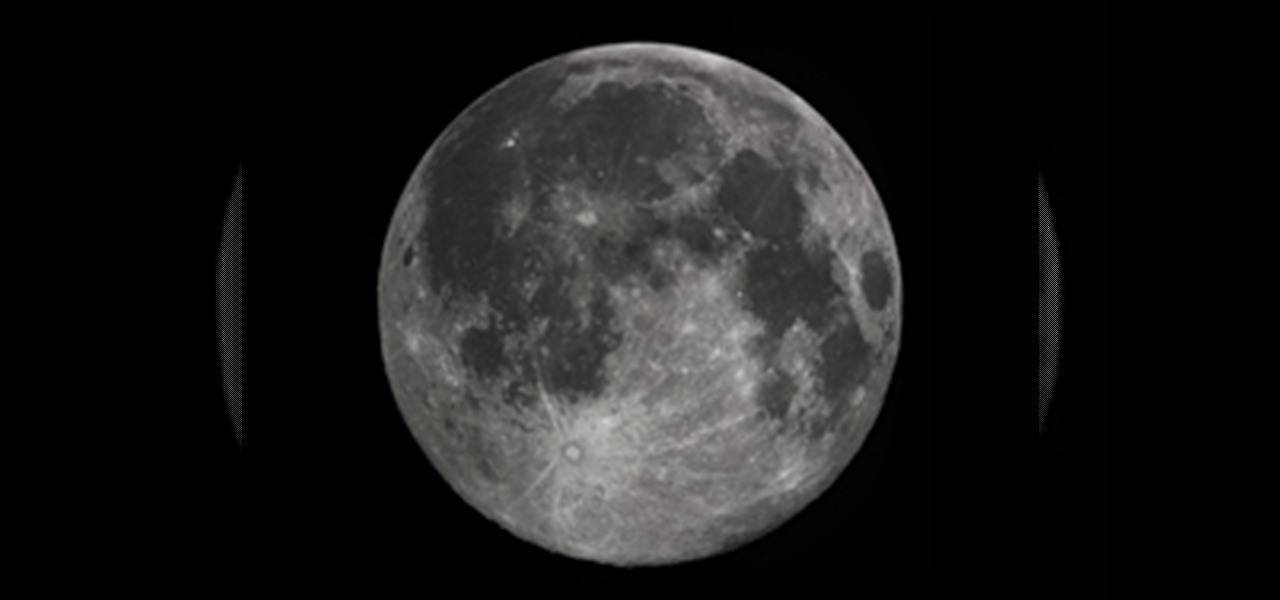
How To: Observe the Full Moons in 2011 (Lunar Calendar)
When's the next full moon? Every time I've looked at the moon, I've wondered if it was full. Sometimes it looked like it was, but it's really hard to tell for sure unless you know the exact date of the full moon. Seriously, there's at a couple days before and after the full moon that could easily pass as full. At least, to someone like me who isn't naturally in tune with the moon's cycle (and doesn't have perfect vision).
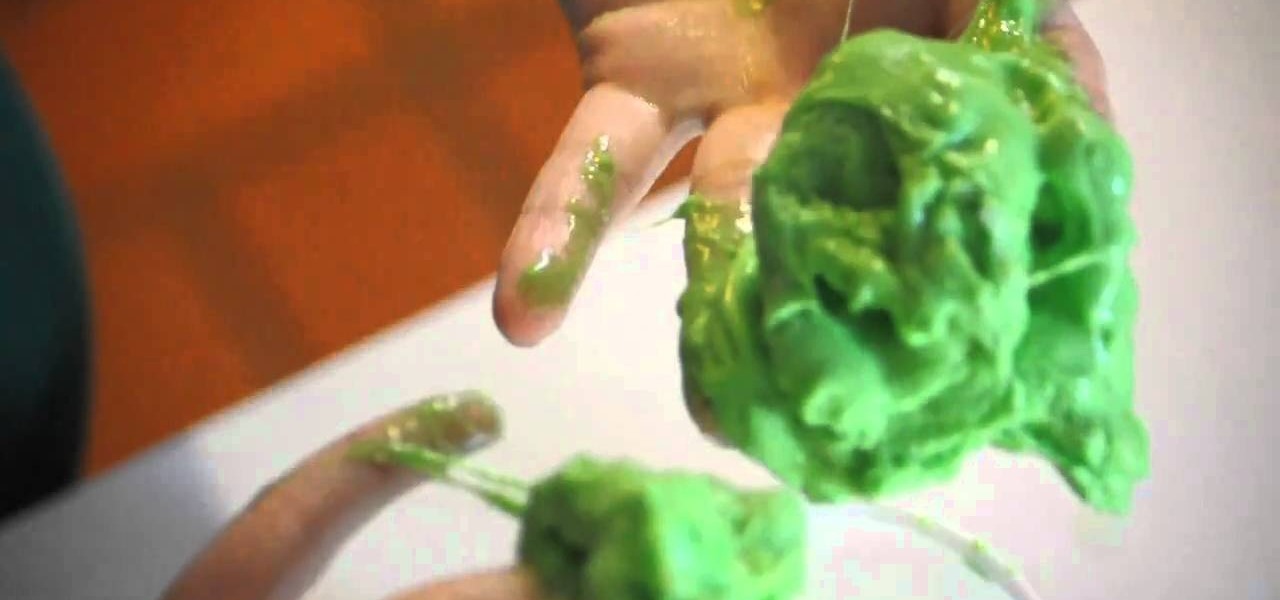
How To: Make fun green slime with borax and Elmer's Glue
The only thing slimier than Charlie Sheen's latest sex scandal is this super sticky and icky green slime, made with borax and some Elmer's Glue. Gain the sticky molasses of experience by checking out this science tutorial on how to whip up a batch of green goo.
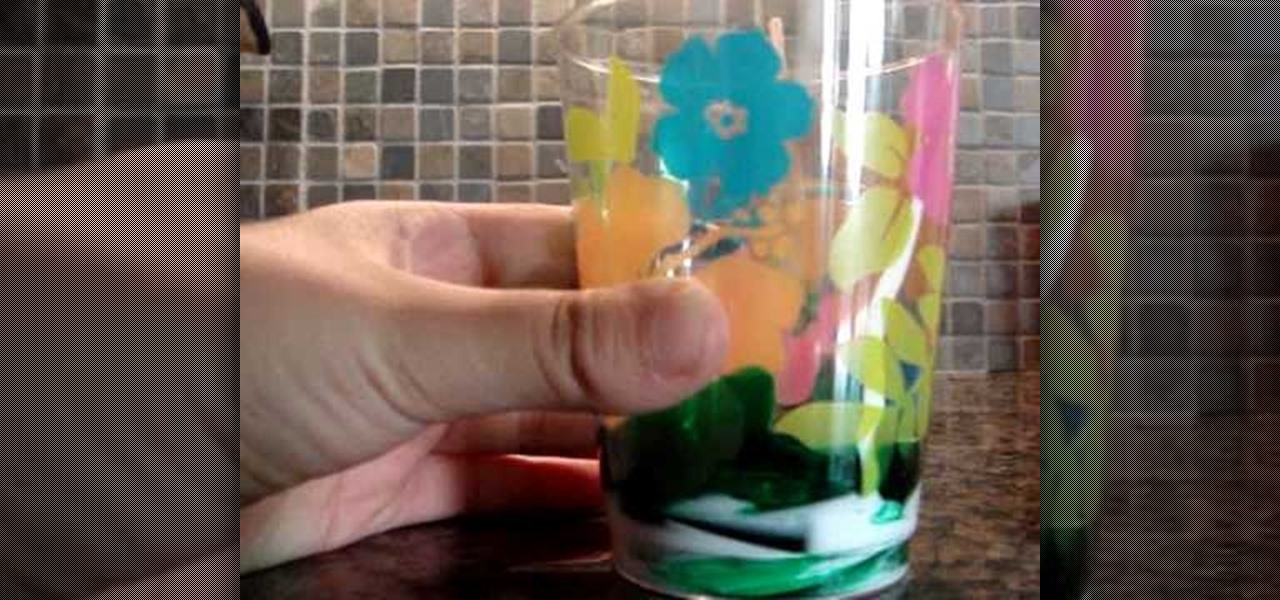
How To: Make simple dark green slime without borax
Most folks mistakingly think that slime - or green silly putty - simply can't be whipped up without borax. But the buffer solution can easily be replaced by another ingredient that you already have lying around in your house: laundry detergent.
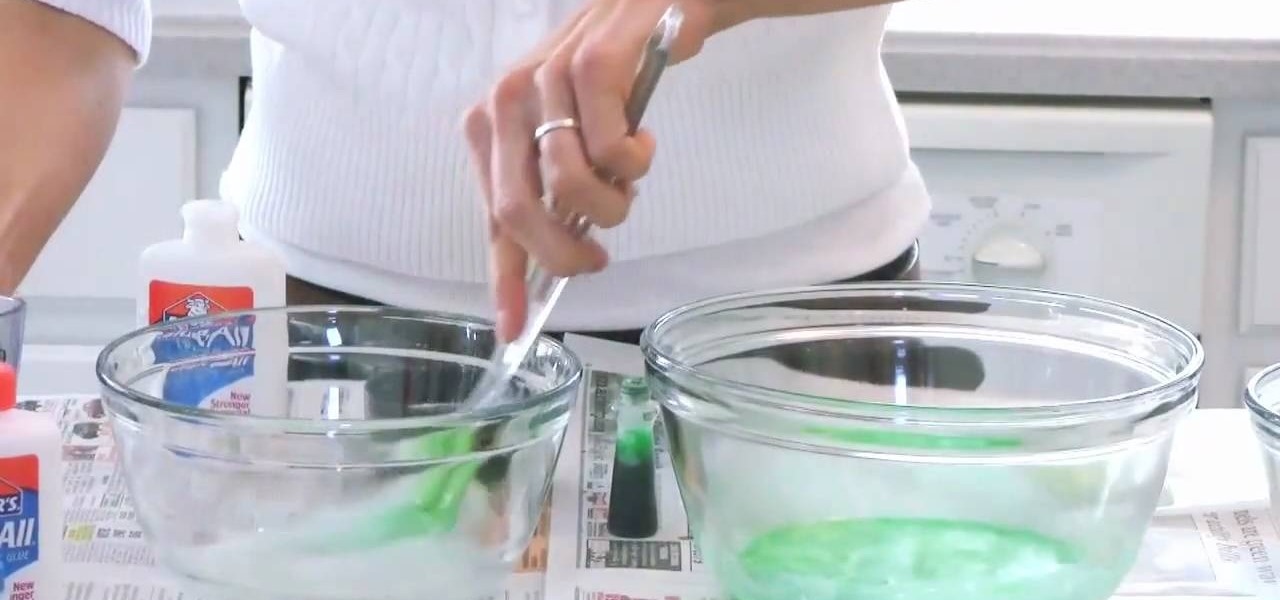
How To: Make Gooey Green Slime Using Elmer's Glue and Borax
Remember the movie "Flubber," about mad professor Robin Williams and his gravity-defying invention of slime that could walk, talk, and transform into just about anything? Well, you can make a very similar type of green goo at home using stuff you already have lying around.

How To: Make a gooey slime at home using corn flour
Gross out your friends, or just have fun playing with some goo! You can make your own slime at home easily. All you need is some corn flour and water. Add food coloring if you really want to make it cool!

How To: Make slime without using borax
This video shows you how to make slime, or goo, without using borax which can be harsh on some people's skin. Rather than spending money on buying slime for your children in the toy store, simply mix water and cornstarch. You can even make it any color you want just by adding food coloring. Make slime without using borax.
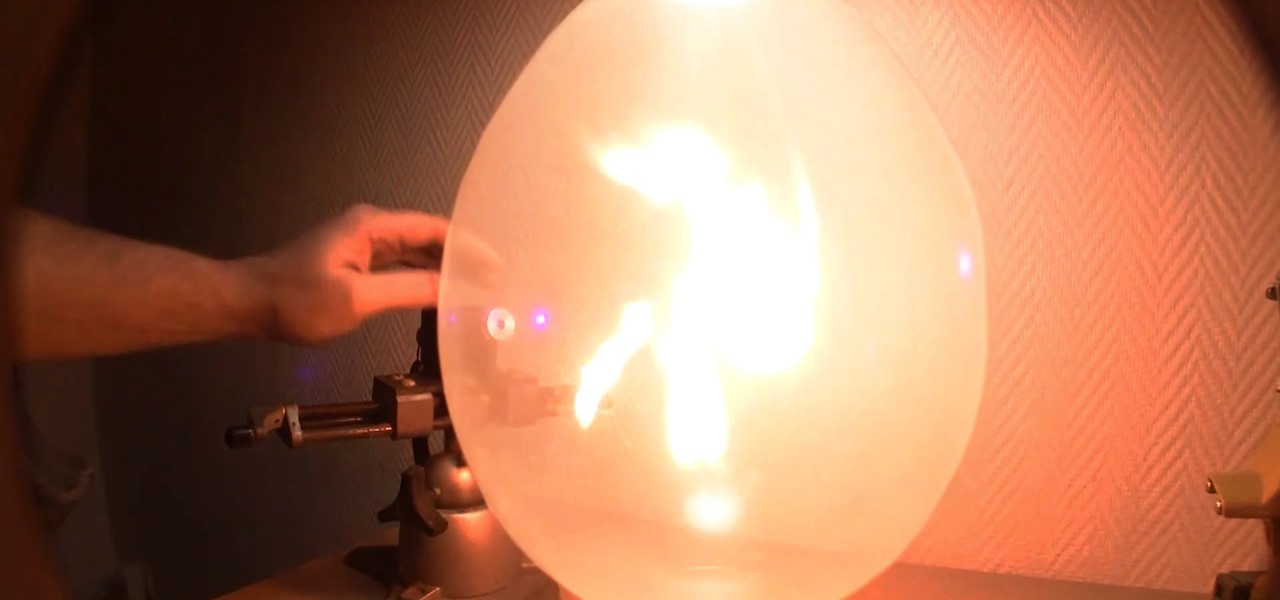
How To: Use a laser to ignite a fire within a regular balloon
All you need is a burning laser, a bit of flash paper (which you can find at any magician's shop), some thread, a balloon pump, and of course, a balloon. Then set it all up to set a fire inside the balloon!
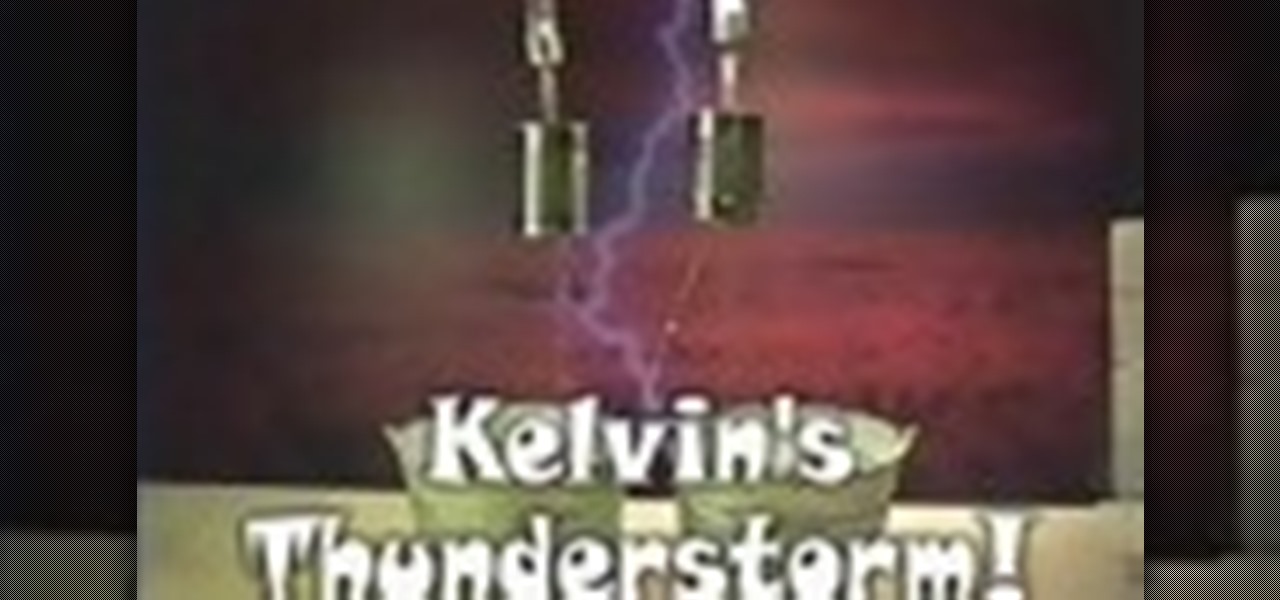
How To: Make a water drop electrostatic generator
Wanna make some lighting in your very own home? You can with this cool how-to video. Basically what you'll be creating is called a Kelvin's Thunderstorm, or, a water drop electrostatic generator. Check out the video to see what supplies you'll need to make this experiement work.
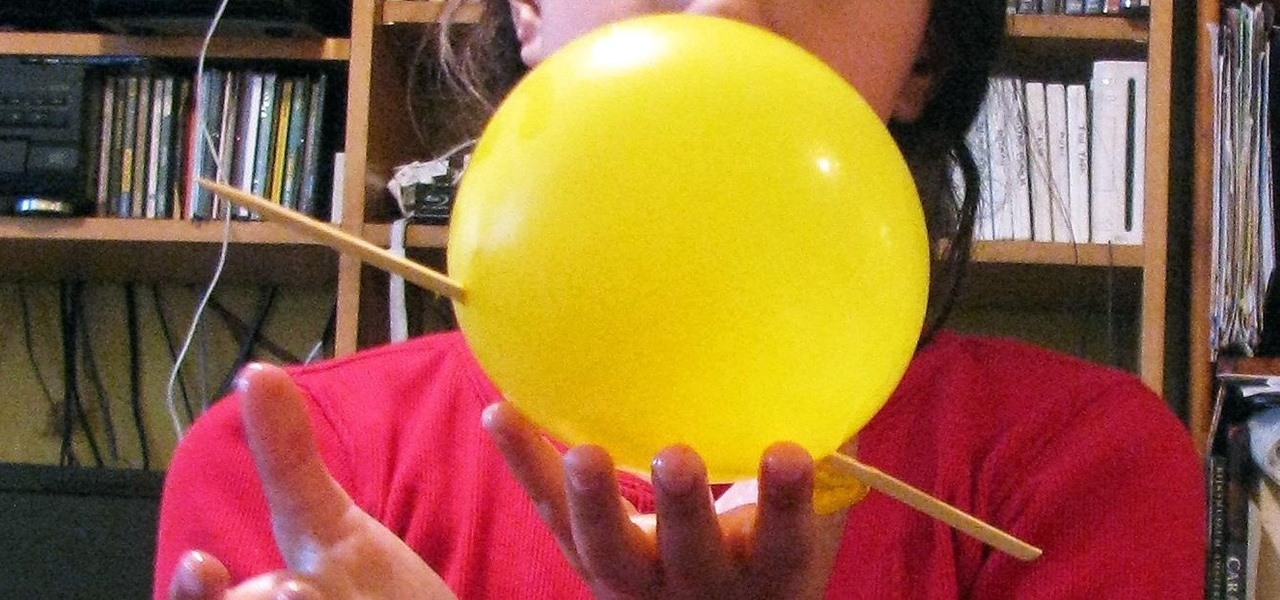
How To: The Trick to Stabbing a Balloon Without Popping It
A balloon's worst fear is a sharp object, so usually when you puncture a balloon, it pops in your face. Not with this science trick! To puncture a fully blown up latex balloon without popping it, you'll need a pointed metal or wooden skewer and some plain old dish soap. That's it.

How To: Perform a cool trick with Ivory soap and a microwave
Ever wonder what happens when you put a bar of Ivory soap (the soap that floats!) in a microwave for a few minutes? This science experiment shows what happens when water molecules in a bar of Ivory get nuked! Try it!

How To: Create a color explosion with this cool science experiement
Soap is an incredible thing and this how-to shows some of its incredible qualities. You'll need a plate, some whole mile, some food coloring, some Q-tips and some dish detergent. It's an explosion of color! Some very unusual things happen when you mix a little milk, food coloring, and a drop of liquid soap. Use the experiment to amaze your friends and uncover the scientific secrets of soap.
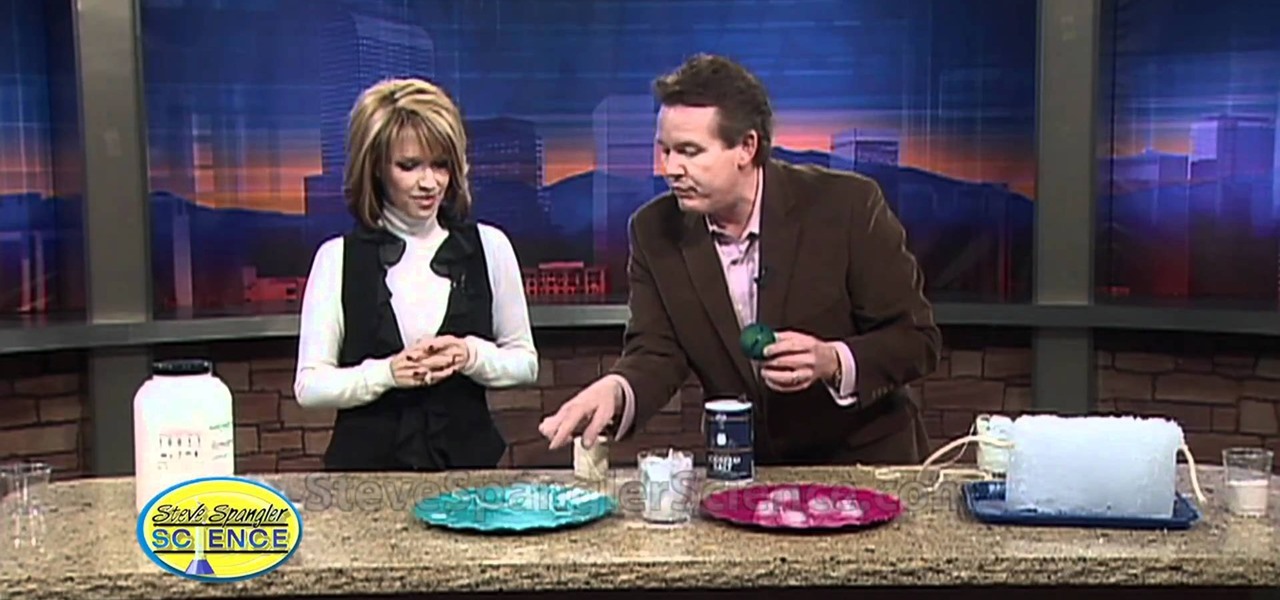
How To: Perform an ice-cube trick with sodium chloride
Think you can lift an ice-cube with nothing but a piece of string? In this cool how-to science lesson, Steve Spangler shows us how to do it, and explains what happens when salt is put on ice. We all know that salt is used to melt ice and snow, but do you know why? Leave it Steve Spangler to turn this basic science lesson into an after-dinner trick you'll use to amaze your friends.



